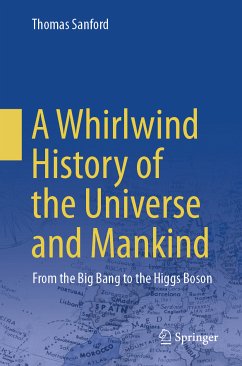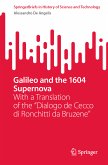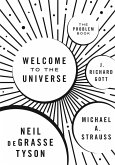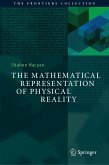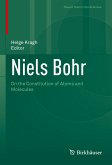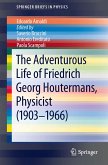This book is an essential read for everyone who is curious about how we humans came to exist and interested in understanding the science and social evolution that enabled us to establish that a Big Bang actually happened. The text uniquely explains the transitions between the various evolutionary plateaus: from the universe's beginning in the Big Bang, to the emergence of Homo sapiens, highlighting the Mediterranean civilizations of Greece and Rome, the European Renaissance, the English industrial revolution, and the early European science discoveries, particularly those in physics, to the American Manhattan Project and the subsequent development of the new field of high-energy particle physics. This entire route, which eventually culminated in the discovery of the mass-giving Higgs boson, is clearly articulated in this monumental but concise work.
Dieser Download kann aus rechtlichen Gründen nur mit Rechnungsadresse in A, B, BG, CY, CZ, D, DK, EW, E, FIN, F, GR, HR, H, IRL, I, LT, L, LR, M, NL, PL, P, R, S, SLO, SK ausgeliefert werden.

